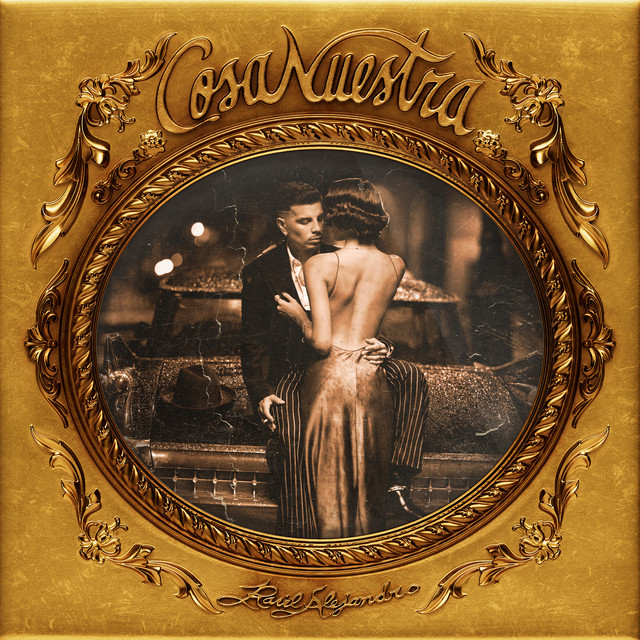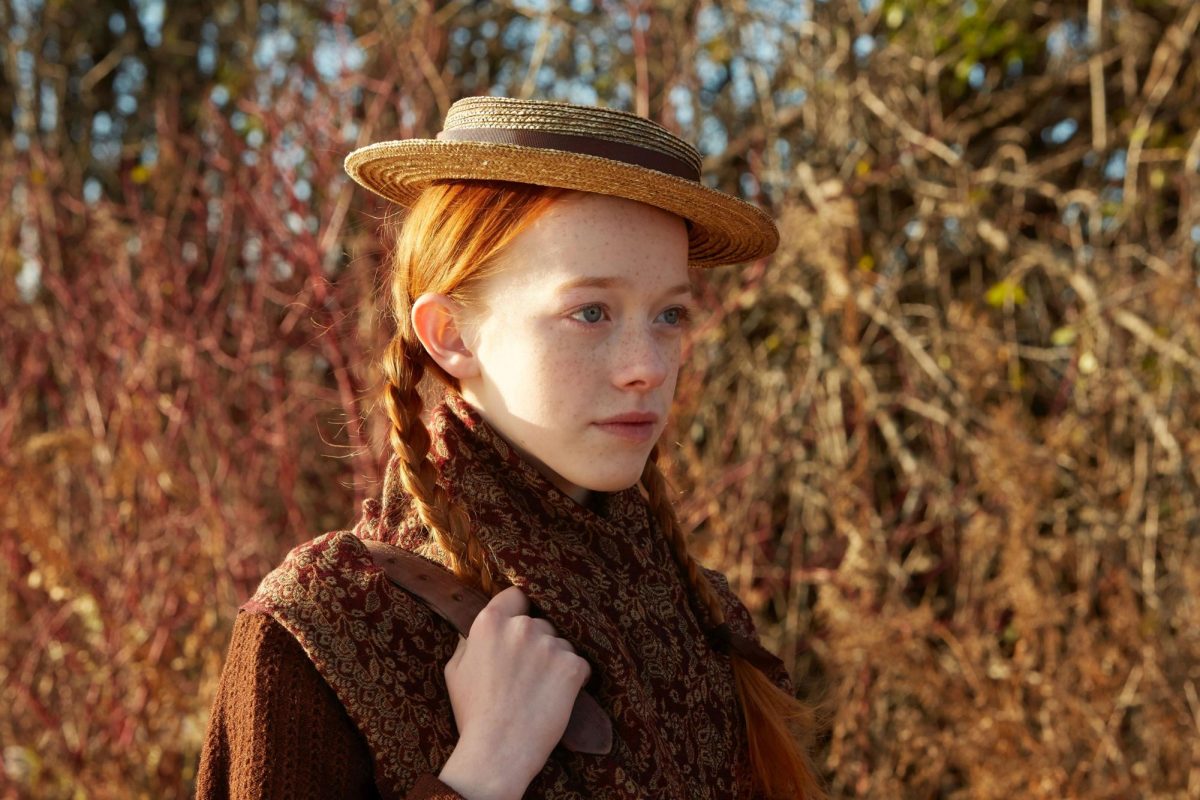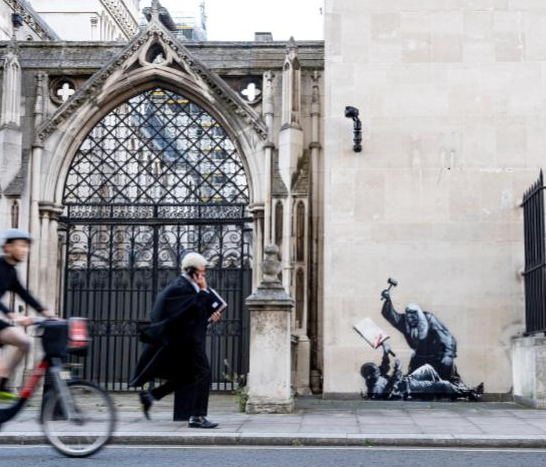Puerto Rican artist Rauw Alejandro released his fifth studio album, “Cosa Nuestra,” on Nov. 15, 2024, achieving 34.15 million streams within the first 24 hours on Spotify.
“Cosa Nuestra” creates a persona for Alejandro — “Raúl Alejandro” who, described by Alejandro, gives off a telenovela vibe set in the same era as the musical and film “West Side Story,” which was also a big inspiration for the album.
The titular song, “Cosa Nuestra,” sets the stage for the rest of the album, which serves as a callback to previous artists. The song and album reference previous projects from renowned and classic salsa musicians Willie Colón and Héctor Lavoe.
The song also introduces the audience to Raúl Alejandro.
The second track, “Déjame Entrar,” uses reggaeton. The song is more modern and in turn, familiar to younger generations of Latino. “Déjame Entrar” speaks about a crush that Alejandro has but he can’t quite tell her.
“Qué Pasaría…” gives us the first feature of the album — Bad Bunny. Bad Bunny is a massively popular fellow Puerto Rican artist, and the pair work well together on this song. I find that reggaeton suits them well, and this collaboration did not disappoint.
Being familiar with the classic song, I was very excited for Alejandro’s take on Frankie Ruiz’s “Tú Con Él.” Alejandro’s voice suits modern salsa and although it wasn’t a new song, it still felt separate from the original, and I enjoyed his cover.
“Committed” features Pharrell Williams and is the first song on the album where Alejandro is singing in English. The song fits the “West Side Story” aesthetic, being in Spanglish — Spanish with hints of English — and the lyrics depict the singer yearning for someone.
All in the same genre, Alejandro is known for “Espresso Martini,” “Baja Pa’ Acá,” “Ni Me Conozco,” “IL Capo” and “Revolú.” These are all well done and I enjoyed each one, but they don’t give the audience anything new.
“Mil Mujeres” and “SEXXXMACHINE” are more fast paced and mix a variety of different genres together. Electronic is combined with merengue and salsa and ends in a hyperpop instrumental. Although different from his previous music, Alejandro works well with the genre change.
In “Khé,” Alejandro works with Romeo Santos — one of the most well-known bachata artists that defined the 2000s. These two work really well together and combine a traditional bachata with a more modern bachata.
“Se Fue” features Laura Pausini and plays more into pop than what I expected from Alejandro, but oddly enough, his style warps in with Pausini’s. “Pasaporte” also follows the pop trend but has a twist that gives it more of a synth-pop style, which can also be heard in “Touching the Sky.”
“Amar De Nuevo” explores more of a bolero route, and the lyrics detailing a distrust in a budding relationship works well with the style.
One of my favorites from the album, “2:12 AM,” has a pop-rock feel to it that truly makes it feel like a song straight out of the 80s. The guitar in the middle ties the song together and LATIN MAFIA elevates the feel of it.
Overall, the album captures Alejandro’s impressive range. There was a lull in the middle with songs that sound like any other album of his, the last few were all unique in their own way.








